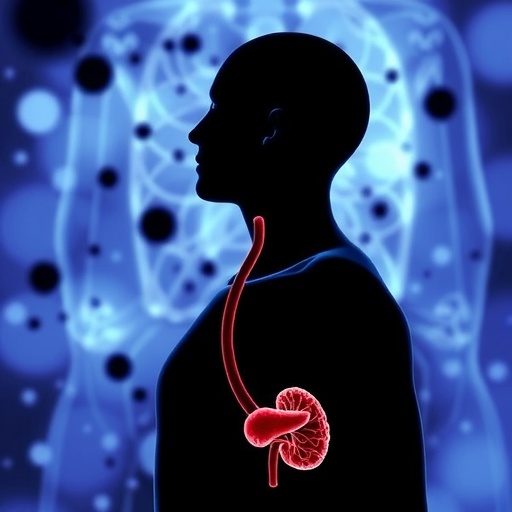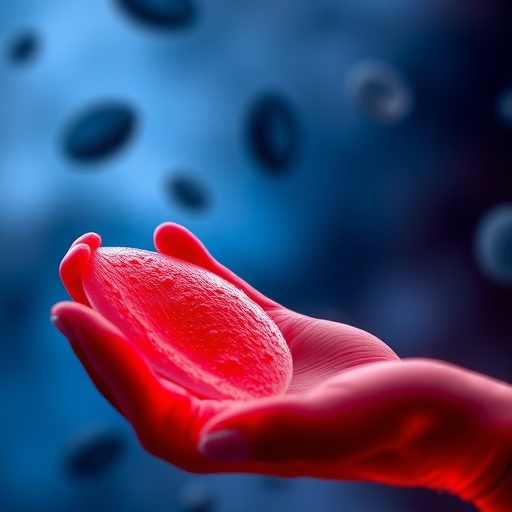One person in Australia develops diabetes every five minutes, with up to half suffering peripheral nerve damage, meaning the slightest touch on the skin can cause pain. Now an international research team, led by Australian and German scientists, has discovered how to reverse this pain.
The study has been published today in the journal Nature Neuroscience.
The scientists have identified and successfully tested a molecule that can inhibit the function of a protein that turns touch receptors into pain receptors under the skin.
The research in mice paves the way for future research in humans, with scientists hopeful that a new drug can be developed to treat patients with the debilitating condition, diabetic neuropathy, as well as other nerve damage-related pain.
Senior Australian co-author Dr Kate Poole, who conducted the research at the Max Delbruck Centre for Molecular Medicine in Germany, said nerve damage generally cannot be repaired.
"Therefore proper pain management can significantly improve the lives of people with diabetic neuropathy and others living with nerve damage," said Dr Poole, who is now based at UNSW's School of Medical Sciences.
The human skin is equipped with specialised receptors that allow the perception of the slightest brush, meaning some of these receptors can even detect extremely small movements. These movements are transformed into electrical signals via channels at sensory endings in the skin. The sensitivity of these channels is controlled by a protein called STOML3, which is required for normal receptor function.
In an earlier study published in 2014, the team identified this protein as a target for blocking pain receptors found underneath the skin. In the latest study, researchers identified a single molecule after searching through a library catalogue of 35,000 compounds. When this molecule was tested on the sensory endings in the skin of mice, they found STOML3 clustering was inhibited and pain receptors were silenced.
Importantly, the scientists found that inhibiting STOML3 did not significantly affect the non-pain-related touch sensitivity of the mice, ensuring touch sensitivity was not sacrificed at the expense of turning off pain receptors.
"While a potential new treatment for the pain associated with diabetic neuropathy is still some years away, the research is an important first step in changing the accepted thinking around how to treat the condition," Dr Poole said.
"Directly targeting nerve receptors in the skin could help manage pain in a way that does not trigger the negative side effects of drugs that act on the body's central nervous system, which is how most current treatments work."
Senior co-author Professor Gary Lewin, from the Max Delbruck Centre for Molecular Medicine, said the research represents a new approach arising from an understanding of the mechanisms that turn sensations of touch into pain.
"If human patients respond the same way, this will represent a major step in treating a neuropathology that has a devastating effect on the lives of many people," Professor Lewin said.
Dr Poole and Professor Boris Martinac from the Victor Chang Cardiac Research Institute earlier this month received a grant from the National Health and Medical Research Council to expand their research to study how similar molecules function in other types of disease processes.
"We will be studying force sensing molecules in the cells that make our cartilage to see if we can identify a way to reverse the cartilage damage that occurs when people develop osteoarthritis," Dr Poole said.
"This also involves going back to the drawing board to look more closely at force sensing proteins in other cells and tissues so we can increase our understanding of how human cells sense their physical surroundings."
###
Media Contact
Daniel Wheelahan
[email protected]
61-435-930-465
@UNSWnews
http://www.unsw.edu.au
############
Story Source: Materials provided by Scienmag




